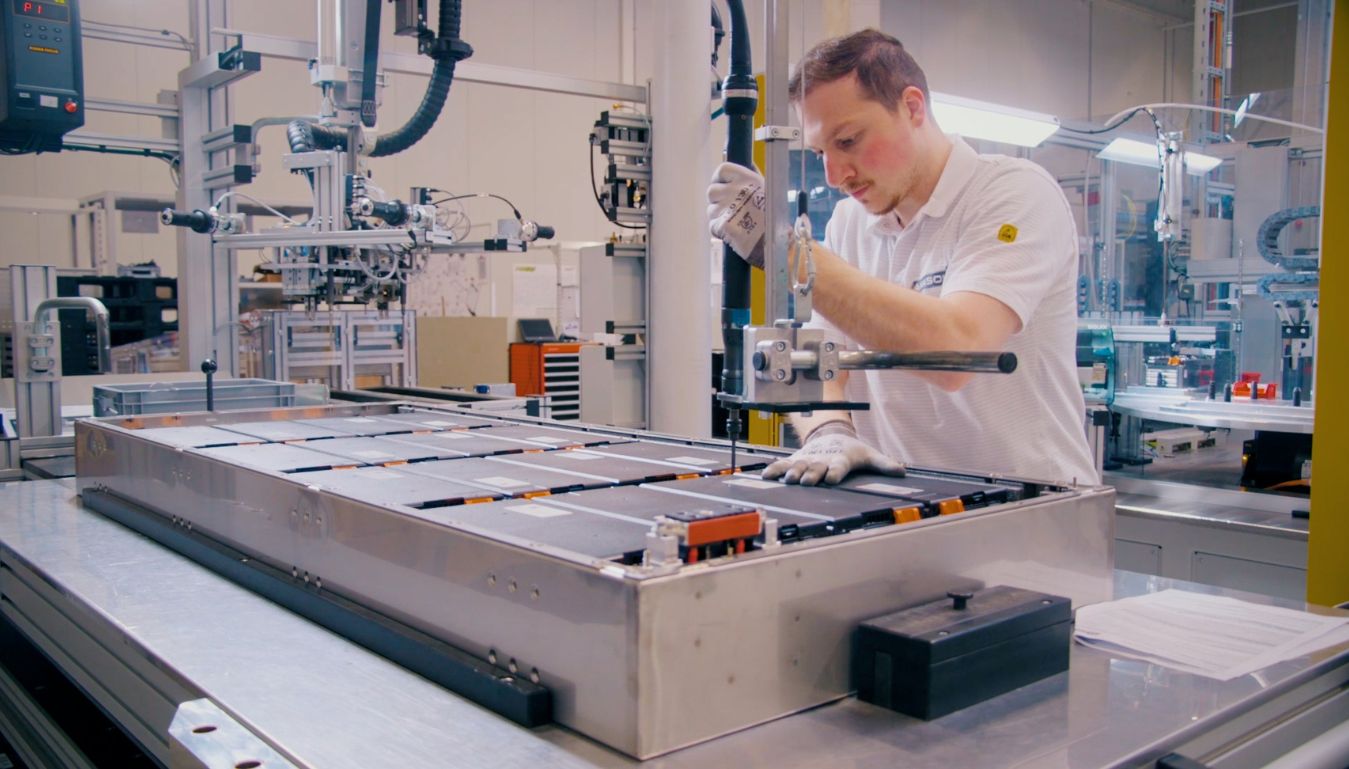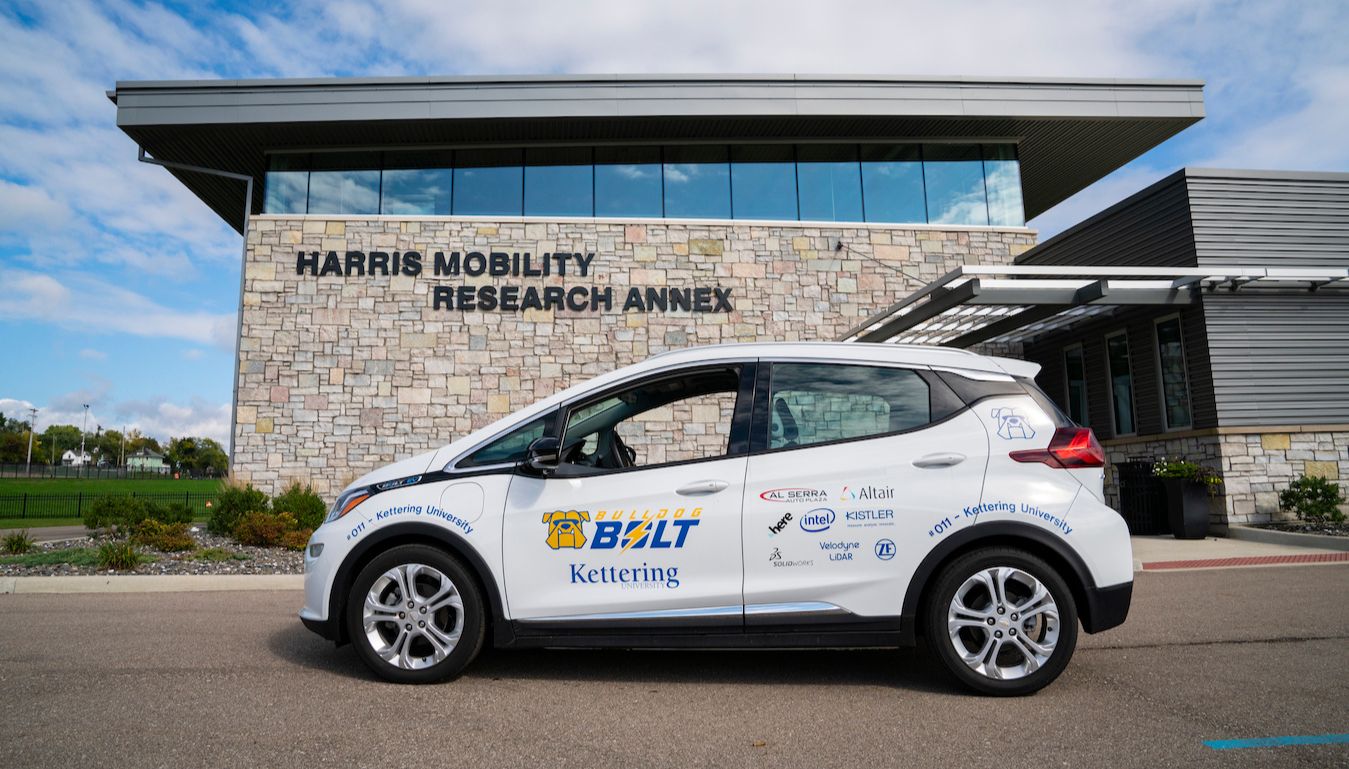Introduction
There’s an incredible project revving up in the Motor City. A little over a year ago, in September of 2022, a coalition of regional organizations won a $52 million grant from the federal government. Known as the Global Epicenter of Mobility (GEM), the organizations involved in GEM had a daunting task ahead of them. Their task? Transform the Detroit Region’s legacy automotive industry into a highly competitive advanced mobility cluster.
One of the people guiding this new effort is Bernard Swiecki, Vice President of Mobility & Research for the Detroit Regional Partnership (DRP). DRP is an economic development nonprofit dedicated to promoting an 11-county region of southeast Michigan, thereby attracting new business to the Detroit Region. DRP also serves as the key hub for research in the GEM coalition. As Bernard sees it, “we’re working together to help this entire Detroit Region benefit from the mobility shifts to electrification.”
After a lengthy stint at the Center for Automotive Research (CAR), Bernard moved to the role of Vice President of Mobility & Research at DRP. For him, it was an easy switch as he has, by his own account, worked closely with DRP for years. In his new role at DRP, his job is to “work closely with all of the participants [and] find out…their needs, what information, what data would help them achieve their outcomes, and hopefully even exceed their targets. We also proactively come up with research that we know would serve the region.” In pursuit of that mission, the research team has embarked on a network analysis to understand how the regional mobility ecosystem collaborates now, as well as understand changes over the course of the GEM initiative.


The Cross-Sector Vision
One of the key tenets of the vision of the future GEM and DRP have for the Detroit Region is cross-sector collaboration. This approach emphasizes bringing together various sectors, such as government, businesses, nonprofit organizations, and the community to work collectively toward a common goal. By fostering collaboration among these diverse entities, GEM and DRP aim to create a more sustainable and inclusive future for the Detroit Region. This interconnected effort allows for the pooling of resources, knowledge, and expertise to address complex challenges and promote innovation in the development and implementation of mobility initiatives.
“We have companies now establishing manufacturing sites for electrical, vertical takeoff and landing aircraft. We have outdoor recreation vehicles that are slowly electrifying. And… other maritime applications. So… this term of mobility, when we use that term, we mean much more than cars, we mean that entire ecosystem, moving people and moving goods.” – Bernard Swiecki
As he makes clear, GEM and the DRP are expansive in their definition of mobility, including periphery applications such as energy storage solutions. This initiative is about much more than re-imagining automotive vehicles.
Understanding the Ecosystem
The DRP research team made the decision to employ network analysis in an effort to better understand the interrelatedness of the ecosystem over the course of the GEM initiative. This sophisticated technique involves illuminating the types of working relationships that exist between organizations. The data then allows for the creation of a comprehensive map of the mobility sector in the Detroit Region, providing a holistic view of how key players work together. It’s akin to assembling the pieces of a complex puzzle to enhance the efficiency and effectiveness of the entire system.
The decision to move forward with this type of research was borne of a commitment to promoting collaboration. Bernard, and the DRP team more broadly, understand the value of fostering dialogue, knowledge exchange, and partnerships among stakeholders from various sectors and backgrounds. The data used to understand the ecosystem through network analysis will allow the GEM partner organizations to fine tune those collaborations to grow connectivity among organizations and understand any holes in the existing ecosystem. The team can then work to fill the holes by setting up opportunities for new collaborations between organizations. The results of the analysis are particularly valuable because they are actionable, allowing for critical entities on the periphery of the ecosystem to be identified and fully integrated with appropriate partners. As the project progresses, the GEM partner organizations will have a map of their mobility ecosystem within the Detroit Region, with particular focus on how they interact with each other.
Conclusion and Call to Action
In a world confronting electrifying change, a groundbreaking coalition of partners is spearheading a mobility effort of monumental significance. Guided by the research team at DRP, this initiative promises to reshape communities, industries, and the future of the Detroit Region. As they look to the future, DRP and the GEM partner organizations see a network of possibilities, a grid of potential, and a path to regional transformation. The re-imagining of our region around the mobility sector of the future will rely on the engagement, participation, and unique perspectives being brought to this collaborative effort. Make sure to follow GEM on LinkedIn, Instagram, and X, to stay updated on the progress of the initiative and how the connected ecosystem is driving regional collaboration.
 Go to DetroitRegionalPartnership.com
Go to DetroitRegionalPartnership.com
